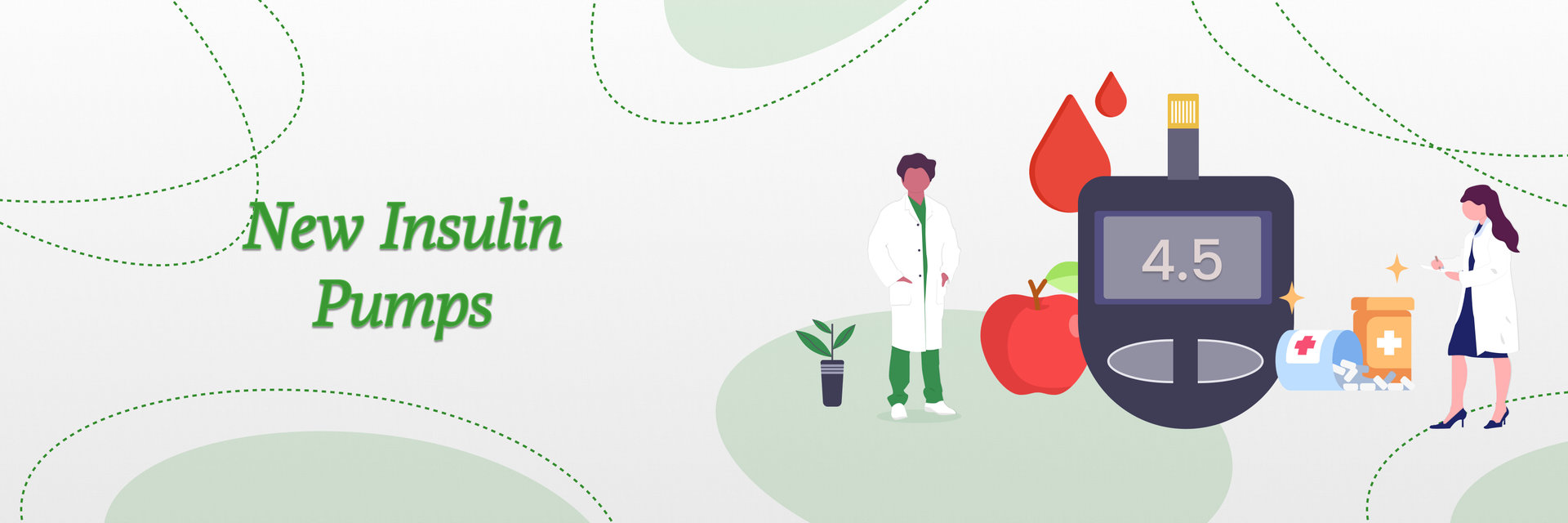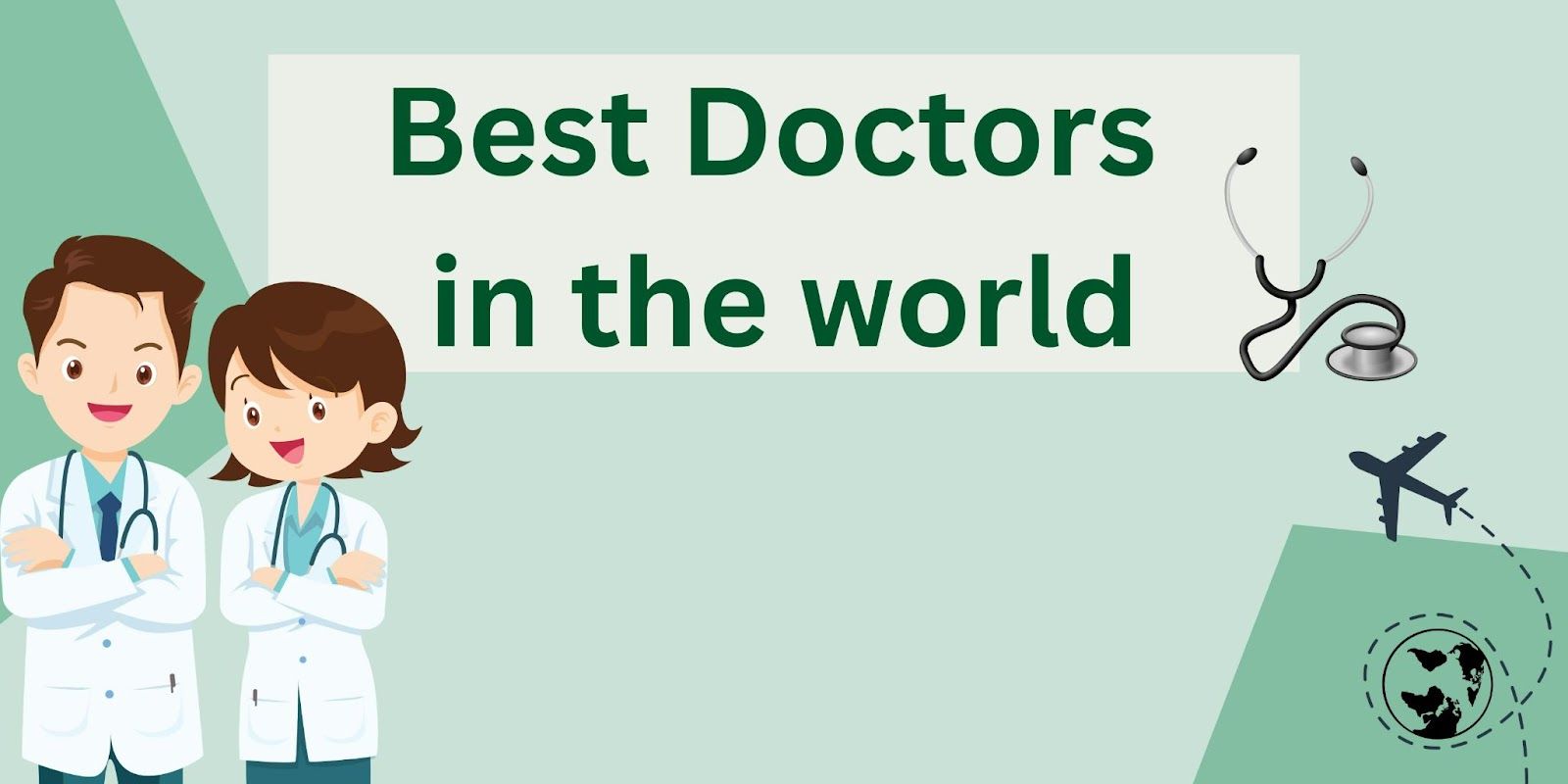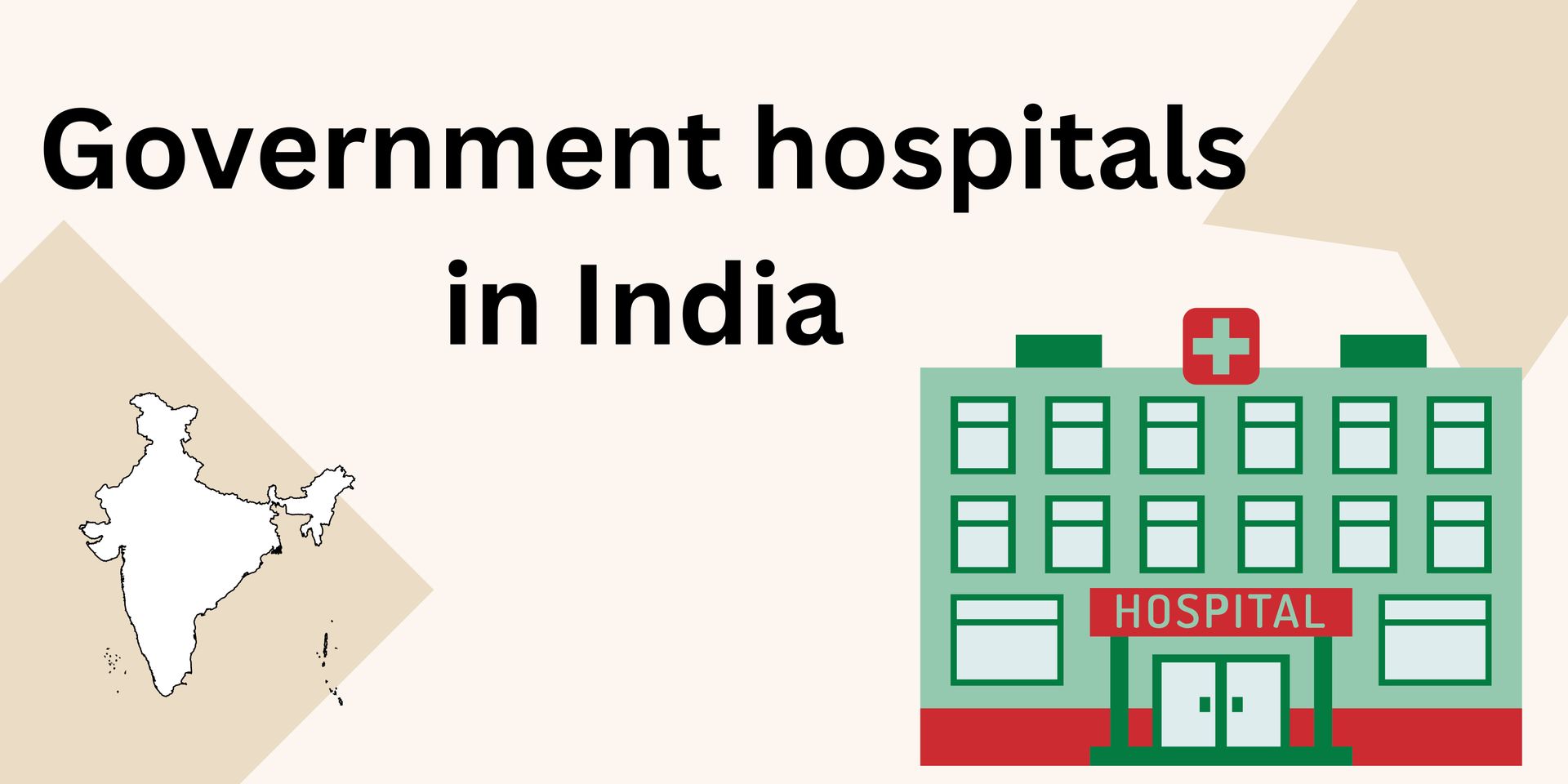Overview
On a dusty road in a small rural village, a white van pulls up and unfolds into something extraordinary: a fully equipped medical clinic. For the families waiting under the shade of an old tree, this is not just a vehicle. It’s hope on wheels.
Mobile clinics are exactly what the name suggests medical units on the move, designed to bring healthcare to places where traditional facilities are scarce or inaccessible. But behind that simple definition lies a powerful solution to one of the world’s most pressing challenges: how to ensure that everyone, no matter where they live, can access quality healthcare.
Why Mobile Clinics Exist
In many regions, healthcare is not a short drive away. For people in remote villages, mountainous terrains, or disaster-struck areas, the nearest hospital can be hours or even days away. In such cases, a routine check-up becomes a luxury, and untreated illnesses become silent killers.
The reasons people miss out on healthcare are complex:
Mobile clinics step in as a flexible, rapid-response solution. They reduce the gap between need and access—not just by traveling to where people are, but by tailoring services to fit the unique needs of each community.
What Mobile Clinics Provide
A modern mobile clinic is not just a van with a doctor inside it’s a carefully designed healthcare hub on wheels. Depending on its purpose, a mobile clinic might offer:
- Primary Care: Check-ups, diagnostics, and treatment for common illnesses.
- Maternal and Child Health: Prenatal care, vaccinations, and pediatric consultations.
- Specialized Services: Dental care, eye exams, cancer screenings, or mental health support.
- Health Education: Awareness programs on hygiene, nutrition, and disease prevention.
- Emergency Care: Immediate response in disaster zones or during outbreaks.
Some mobile units are generalists, serving broad community needs. Others are specialized—like mobile mammography vans for breast cancer screening or mobile dental clinics serving schoolchildren.
A Human Story: Healthcare Beyond Walls
Consider Fatima, a mother of three living in a desert village. The closest clinic is 50 kilometers away, and public transport runs only twice a week. For years, she lived with untreated hypertension because making the journey meant losing a full day’s income and paying for costly transport.
Then, once a month, the mobile clinic began visiting her village. The healthcare team not only diagnosed her but provided free medication and taught her how to monitor her blood pressure at home.
For Fatima, this wasn’t just medical care it was the first time she felt seen by the healthcare system.
Advantages of Mobile Clinics
- Reaching the Unreachable: They bring healthcare to communities where hospitals or clinics simply don’t exist.
- Flexibility: Mobile clinics can adapt routes and services based on urgent needs, seasonal changes, or health crises.
- Trust Building: Consistent visits help build trust between healthcare workers and communities, particularly in marginalized areas.
- Cost-Effectiveness: They can deliver targeted services without the overhead cost of building and maintaining a permanent facility.
- Preventive Care: Regular visits mean illnesses can be detected early, reducing the burden of advanced diseases.
Challenges They Face
While mobile clinics sound like the perfect answer, they aren’t without hurdles:
- Funding Limitations: Vehicles, equipment, fuel, and staffing all require sustained investment.
- Infrastructure Issues: Poor road conditions or extreme weather can disrupt schedules.
- Staffing Constraints: Recruiting skilled medical professionals willing to travel can be difficult.
- Maintenance: Mobile units require constant upkeep to remain operational.
- Data & Continuity: Keeping patient records and ensuring continuity of care across visits can be challenging without integrated systems.
These challenges mean mobile clinics work best when they are part of a broader, well-supported healthcare strategy rather than a stand-alone solution.
The Bigger Picture: More Than a Van
The magic of mobile clinics isn’t just in the services they deliver it’s in the philosophy they represent. They embody the idea that healthcare should adapt to people’s lives, not the other way around.
A well-designed mobile clinic program involves:
- Community Involvement: Listening to what residents need most.
- Partnerships: Collaborating with local health departments, NGOs, and even private donors.
- Technology Integration: Using digital records, telemedicine, and portable diagnostic tools to improve care and follow-up.
- Sustainability Planning: Securing long-term funding and training local staff to continue services.
The Future of Mobile Healthcare
Mobile clinics are evolving rapidly with technology. Solar-powered units, telehealth connections, and portable labs mean that even the most remote communities can access sophisticated diagnostics and specialist consultations.
In the future, AI-assisted diagnostics, drone-delivered medicines, and fully electric, eco-friendly units could make mobile clinics even more efficient and sustainable.
But even with all this innovation, the heart of the mobile clinic will always be human connection meeting people where they are, listening without judgment, and treating them with dignity.
Final Thoughts
Healthcare is often described as a “human right,” but for millions, it’s still an unreachable privilege. Mobile clinics are a bridge sometimes temporary, sometimes permanent—between healthcare systems and the people they serve.
They remind us that healthcare is not just about buildings, equipment, or policies. It’s about making sure that when someone needs help, help can find them—whether they live in the middle of a city or miles away on a dirt road.
And sometimes, that help arrives in the form of a humble white van, its doors opening wide to say: We’re here for you. You matter. Your health matters.
If you’d like, I can also create a more persuasive version of this tailored for NGO fundraising or healthcare grant proposals.







